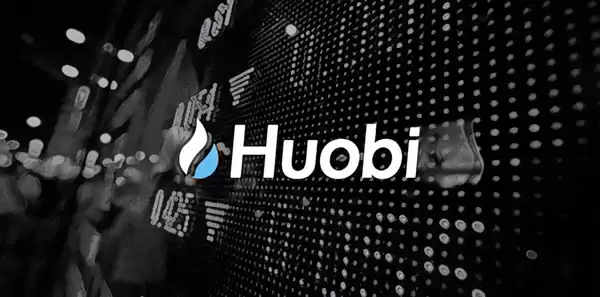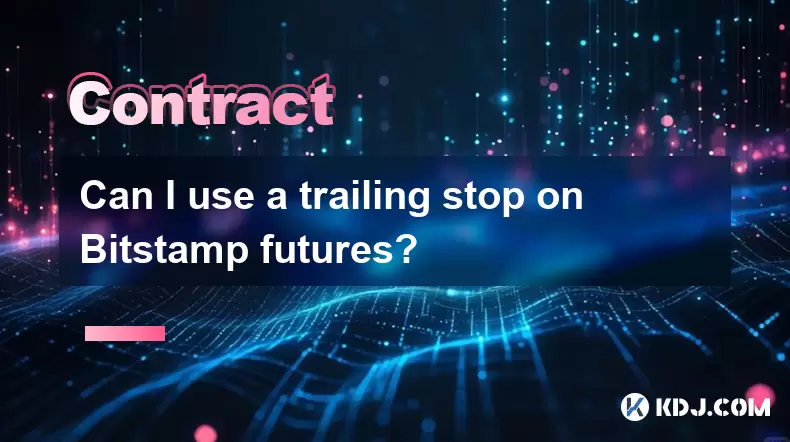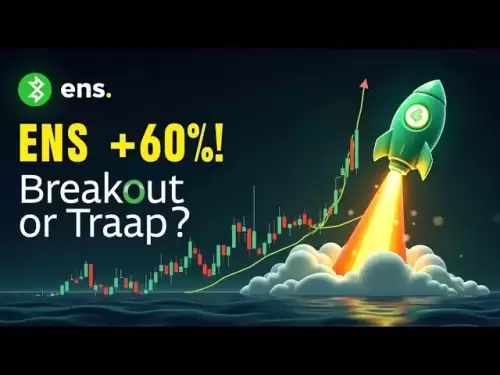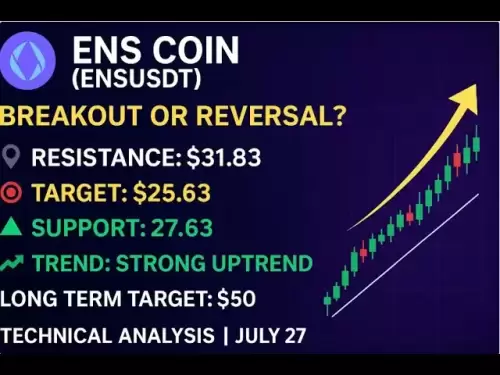-
 Bitcoin
Bitcoin $117900
0.31% -
 Ethereum
Ethereum $3766
0.28% -
 XRP
XRP $3.176
-0.31% -
 Tether USDt
Tether USDt $1.000
0.00% -
 BNB
BNB $795.6
1.51% -
 Solana
Solana $186.8
-1.09% -
 USDC
USDC $0.9999
-0.01% -
 Dogecoin
Dogecoin $0.2353
-1.33% -
 TRON
TRON $0.3226
1.49% -
 Cardano
Cardano $0.8172
-1.08% -
 Sui
Sui $4.178
3.06% -
 Hyperliquid
Hyperliquid $43.05
-3.39% -
 Stellar
Stellar $0.4367
-0.57% -
 Chainlink
Chainlink $18.62
1.47% -
 Hedera
Hedera $0.2828
6.63% -
 Bitcoin Cash
Bitcoin Cash $584.7
5.65% -
 Avalanche
Avalanche $24.81
2.53% -
 Litecoin
Litecoin $112.8
-0.88% -
 UNUS SED LEO
UNUS SED LEO $8.975
-0.08% -
 Shiba Inu
Shiba Inu $0.00001395
-1.07% -
 Toncoin
Toncoin $3.285
-1.05% -
 Ethena USDe
Ethena USDe $1.001
0.01% -
 Polkadot
Polkadot $4.123
0.76% -
 Uniswap
Uniswap $10.49
-0.18% -
 Monero
Monero $326.5
0.14% -
 Dai
Dai $0.9999
-0.02% -
 Bitget Token
Bitget Token $4.576
0.34% -
 Pepe
Pepe $0.00001247
-1.55% -
 Cronos
Cronos $0.1400
3.77% -
 Aave
Aave $295.1
-0.73%
How to calculate Huobi contract transaction fee
To calculate transaction fees for Huobi contract trading, apply the formula: (Volume of Traded Contract * Opening Fee Rate) + (Volume of Closed Contract * Closing Fee Rate).
Nov 13, 2024 at 05:54 pm

How to Calculate Huobi Contract Transaction Fee: A Comprehensive Guide
Understanding the Fee Structure
Huobi's contract trading platform adopts a tiered fee structure based on several factors, including market volatility, trading volume, and liquidity. The transaction fee is calculated using the following formula:
Transaction Fee = (Volume of Traded Contract * Opening Fee Rate) + (Volume of Closed Contract * Closing Fee Rate)Determining the Fee Rates
The opening and closing fee rates vary across different contract types and leverage levels. Huobi provides a detailed fee schedule on its website, which traders can refer to for precise fee calculations.
Step-by-Step Calculation Example
For a BTCUSD contract with a leverage of 20x, the following steps outline the transaction fee calculation process:
Identify the Opening Fee Rate:
- Determine the corresponding opening fee rate based on the contract type and leverage from Huobi's fee schedule, e.g., 0.03% for BTCUSD 20x leverage.
Calculate the Opening Fee:
- Opening Fee = Volume of Traded Contract * Opening Fee Rate
- Suppose you buy 10 BTCUSD contracts. Thus, Opening Fee = 10 * 0.03% = 0.0003 BTC.
Identify the Closing Fee Rate:
- Identify the closing fee rate for the BTCUSD 20x leverage contract, e.g., 0.04% from Huobi's fee schedule.
Calculate the Closing Fee:
- Closing Fee = Volume of Closed Contract * Closing Fee Rate
- If you sell the 10 BTCUSD contracts, Closing Fee = 10 * 0.04% = 0.0004 BTC.
Total Transaction Fee:
- Transaction Fee = Opening Fee + Closing Fee
- Therefore, the total transaction fee incurred is 0.0003 BTC (Opening Fee) + 0.0004 BTC (Closing Fee) = 0.0007 BTC.
Other Factors Affecting Transaction Costs
Beyond the base transaction fee, traders should consider the following factors that may influence the overall trading costs:
- Spread: The difference between the bid and ask prices in the market. A wider spread implies higher trading costs.
- Market Volatility: Contract trading often involves high volatility. Traders should anticipate potential price fluctuations and adjust their strategies accordingly.
- Liquidity: High-liquidity contracts offer tighter spreads and facilitate efficient order execution.
- Slippage: The difference between the intended order price and the actual execution price can result in additional costs.
Disclaimer:info@kdj.com
The information provided is not trading advice. kdj.com does not assume any responsibility for any investments made based on the information provided in this article. Cryptocurrencies are highly volatile and it is highly recommended that you invest with caution after thorough research!
If you believe that the content used on this website infringes your copyright, please contact us immediately (info@kdj.com) and we will delete it promptly.
- Cryptos to Watch in 2025: Punisher Coin, Chainlink, and the Altcoin Arena
- 2025-07-27 18:30:13
- Bitcoin, Altcoins, Rebound: Navigating the Crypto Comeback Trail
- 2025-07-27 18:30:13
- Ethereum, Bitcoin, and Altcoins: A Shift in Crypto Tides?
- 2025-07-27 19:10:13
- Windtree Therapeutics' Bold BNB Strategy: A $520 Million Crypto Play
- 2025-07-27 19:10:13
- Solana, Staking, and Unilabs: What's the Buzz in the Crypto Space?
- 2025-07-27 16:50:13
- VeChain, HBAR, Remittix: Navigating the Crypto Landscape in 2025
- 2025-07-27 17:10:12
Related knowledge

Why is my Bitstamp futures position being liquidated?
Jul 23,2025 at 11:08am
Understanding Futures Liquidation on BitstampFutures trading on Bitstamp involves borrowing funds to open leveraged positions, which amplifies both po...

Does Bitstamp offer inverse contracts?
Jul 23,2025 at 01:28pm
Understanding Inverse Contracts in Cryptocurrency TradingIn the realm of cryptocurrency derivatives, inverse contracts are a specific type of futures ...

What is the difference between futures and perpetuals on Bitstamp?
Jul 27,2025 at 05:08am
Understanding Futures Contracts on BitstampFutures contracts on Bitstamp are financial derivatives that allow traders to speculate on the future price...

How to find your Bitstamp futures trade history?
Jul 23,2025 at 08:07am
Understanding Bitstamp and Futures Trading AvailabilityAs of the current state of Bitstamp’s service offerings, it is critical to clarify that Bitstam...

Can I use a trailing stop on Bitstamp futures?
Jul 23,2025 at 01:42pm
Understanding Trailing Stops in Cryptocurrency TradingA trailing stop is a dynamic type of stop-loss order that adjusts automatically as the price of ...

Can I use a trailing stop on Bitstamp futures?
Jul 25,2025 at 02:28am
Understanding Trailing Stops in Cryptocurrency Futures TradingA trailing stop is a dynamic type of stop-loss order that adjusts automatically as the m...

Why is my Bitstamp futures position being liquidated?
Jul 23,2025 at 11:08am
Understanding Futures Liquidation on BitstampFutures trading on Bitstamp involves borrowing funds to open leveraged positions, which amplifies both po...

Does Bitstamp offer inverse contracts?
Jul 23,2025 at 01:28pm
Understanding Inverse Contracts in Cryptocurrency TradingIn the realm of cryptocurrency derivatives, inverse contracts are a specific type of futures ...

What is the difference between futures and perpetuals on Bitstamp?
Jul 27,2025 at 05:08am
Understanding Futures Contracts on BitstampFutures contracts on Bitstamp are financial derivatives that allow traders to speculate on the future price...

How to find your Bitstamp futures trade history?
Jul 23,2025 at 08:07am
Understanding Bitstamp and Futures Trading AvailabilityAs of the current state of Bitstamp’s service offerings, it is critical to clarify that Bitstam...

Can I use a trailing stop on Bitstamp futures?
Jul 23,2025 at 01:42pm
Understanding Trailing Stops in Cryptocurrency TradingA trailing stop is a dynamic type of stop-loss order that adjusts automatically as the price of ...

Can I use a trailing stop on Bitstamp futures?
Jul 25,2025 at 02:28am
Understanding Trailing Stops in Cryptocurrency Futures TradingA trailing stop is a dynamic type of stop-loss order that adjusts automatically as the m...
See all articles

























































































